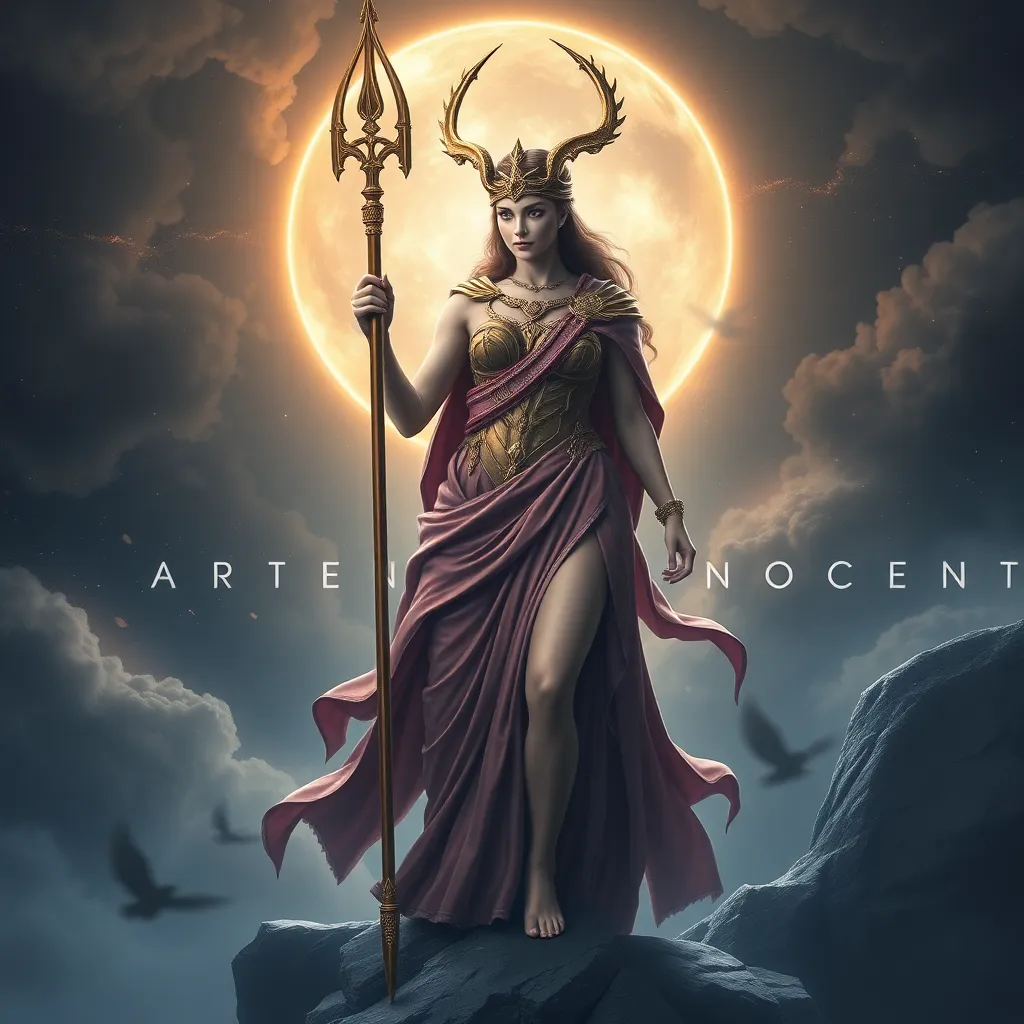Artemis and the Concept of the Protector of the Innocent
I. Introduction
In the rich tapestry of Greek mythology, few deities resonate with the themes of protection and innocence as profoundly as Artemis. As the goddess of the hunt, wilderness, and childbirth, she embodies a complex duality of nurturing and fierce independence. Her narrative is steeped in the importance of safeguarding the vulnerable—particularly women and children—making her an enduring symbol of protection in ancient and contemporary contexts. This article explores how Artemis embodies the role of the Protector of the Innocent, illustrating her significance in mythology and her lasting legacy.
II. Historical Context of Artemis
Artemis’s origins can be traced back to ancient Greek culture, where she was revered as a multifaceted deity. Initially worshipped as a goddess of the hunt and wilderness, her character evolved over time to encompass aspects of fertility and childbirth, reflecting the societal values of the Greek city-states.
- Origins and Evolution: Artemis was likely influenced by earlier Anatolian goddess figures, evolving into a distinctly Greek deity.
- Worship and Significance: Major sanctuaries dedicated to Artemis, such as the one at Ephesus, highlight her importance in various city-states.
- Artistic Representations: From pottery to sculptures, Artemis has been depicted in various forms, often symbolizing purity and strength.
III. Artemis as a Goddess of the Hunt
Artemis is perhaps best known as the goddess of the hunt, a role that intricately connects her to the theme of protection. Her hunting prowess is not merely about pursuing game; it reflects her deeper responsibility in maintaining the balance of nature.
- Connection between Hunting and Protection: As a hunter, Artemis protects the natural order, ensuring that species thrive and ecosystems remain intact.
- Maintaining Balance in Nature: Her hunting skills are a means of sustaining life, as she hunts to provide for both her followers and the creatures of the wild.
- Myths Illustrating Protective Attributes: Many tales depict Artemis intervening to protect her sacred animals and those who respect her domain.
IV. The Protector of Women and Children
Artemis’s protective nature transcends her role as a huntress; she is also a fierce guardian of women and children. Her nurturing aspects are particularly evident in her relationships with young women and her role during childbirth.
- Relationship with Young Women: Artemis is often portrayed as a protector of maidens, offering them guidance and safety as they navigate the transition into adulthood.
- Myths Highlighting Her Role: Numerous myths depict her as a savior to those in peril, illustrating her commitment to safeguarding innocence.
- Cult Practices: Rituals dedicated to Artemis, such as the Brauronia festival, emphasized her role in protecting women during childbirth and adolescence.
V. The Role of Artemis in Mythological Narratives
Artemis’s protective nature is further exemplified through various mythological narratives that highlight her interventions on behalf of the innocent.
- Key Myths: The story of Actaeon, who was transformed into a stag and hunted by his own hounds after inadvertently witnessing Artemis bathing, serves as a cautionary tale about respecting her boundaries.
- Consequences of Violating Her Domain: The myth of Niobe, who boasted about her children and faced dire consequences from Artemis, illustrates the repercussions of hubris and disrespect.
- Analysis of Interventions: Artemis’s actions often serve to restore balance and protect the innocent, showcasing her as a fierce yet fair deity.
VI. Symbolism and Iconography of Artemis
Throughout history, Artemis has been associated with various symbols that reflect her protective qualities and complex nature.
- Common Symbols: The stag, the moon, and a bow and arrow are prevalent in artistic representations, each symbolizing different aspects of her character.
- Interpretations of Imagery: Artemis is often depicted as a strong, independent figure, emphasizing her role as a protector and avenger.
- Duality of Nature: While she is a protector, her wrath against those who threaten the innocent reveals a duality between her nurturing side and her avenging nature.
VII. Contemporary Relevance of Artemis as a Protector
In modern interpretations, Artemis continues to be a powerful symbol of protection and empowerment, resonating with contemporary values.
- Modern Interpretations: Artemis’s image has evolved into a symbol of female strength and independence, making her relevant in today’s feminist movements.
- Continued Relevance: Her protective qualities are echoed in discussions about women’s rights and child protection, underscoring her enduring legacy.
- Examples in Literature: Numerous works of fiction and art reference Artemis as a figure of empowerment, illustrating her lasting influence on culture.
VIII. Conclusion
In summary, Artemis stands out in Greek mythology as the quintessential Protector of the Innocent. Her dual role as a nurturing goddess and a fierce guardian demonstrates the importance of protection and justice in both ancient and modern contexts. As we reflect on her legacy, it becomes clear that the values embodied by Artemis—strength, independence, and the unwavering commitment to safeguard the innocent—remain vital in our contemporary society. We are called to recognize and uphold these ideals, ensuring that the spirit of Artemis continues to inspire future generations.
https://www.youtube.com/watch?v=yRyNgtPaWYM




